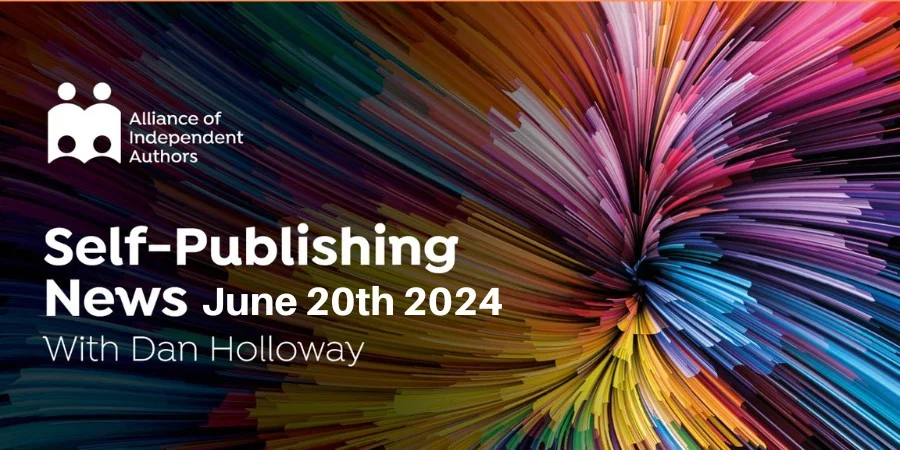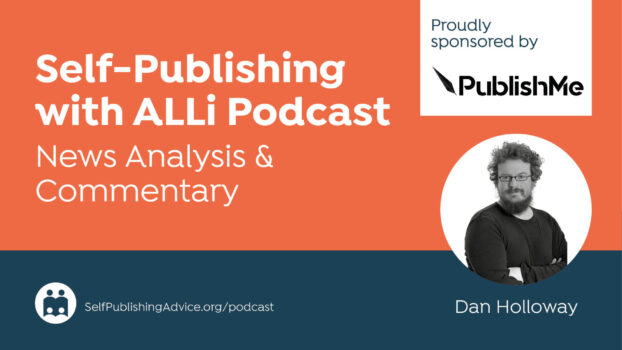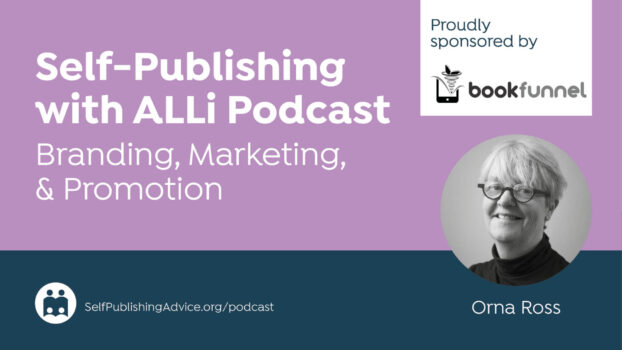
ALLi News Editor, Dan Holloway
More Canadians are now reading free books than paid ones across all formats. Remember what feels like many moons ago in a (just) pre-pandemic world when publishers started to get vociferous about libraries cannibalizing their sales and used it as a pretext to ramp up what they charged libraries for e-books? Today’s story feels like something that might have been leapt on as “evidence” during those fractious times.
Last week saw the release of BookNet’s annual Canadian Leisure and Reading Study. And the results are fascinating. You can read the report in full here, and I thoroughly recommend that you do. You can read extended highlights from Porter Anderson at Publishing Perspectives. But I’ll look here at a few of the things that really stood out to me.
The headline is that readers now read free books more than those they have paid for across the three formats of audio, e-book, and, for the first time, print. So does this mean libraries are “cannibalizing sales”? Well, library use for e-books jumped from 19 percent of those who got free books to 23 percent. I’m not sure that’s very sinister, though. What really is interesting is how many other sources there are. Gifting is a common source, especially for print and audio. For print, borrowing from a friend is very popular (not for digital equivalents).
The second most common source for e-books, though, is “free internet sites.” Now, if ever there were a term that contains multitudes! A final note on this subject confirms something I have always felt was a somewhat inconsistent attitude on the part of writers regarding where free books come from and the rights and wrongs thereof. While 22 percent of those who read free print books got them from libraries, a not insignificant number (a substantial part of an 8 percent group) got them from Little Free Libraries. These, of course, don’t pay any fee to writers but somehow not only avoid the opprobrium of other free places but are positively praised.
Finally, when it comes to who is more likely to pay, the results aren’t necessarily what naysayers would have us believe either. Two groups who still buy more than they get free when it comes to print are Millennials (53 percent) and Gen Z (51 percent). Those two groups are also significantly more likely to pay for audiobooks (perhaps because they have more subscriptions).
There are so many other interesting stats, but the one of most interest to the readers of this column may be those on discoverability. The most popular sources of recommendations are cited as:
- Word-of-mouth (including book clubs or reading groups) (28%)
- Bookstore (staff, browsing, displays, newsletter, etc.) (27%)
- Public library (staff, browsing, displays, catalog, reader list, newsletter, etc.) (25%)
- Social media (TikTok, Facebook, Twitter, Pinterest, Instagram, YouTube, etc.) (22%)
- Online book retailers (Amazon, Chapters, Kobo, Audible, etc.) (22%)
Do go and spend some quality time with the rest of the figures!




